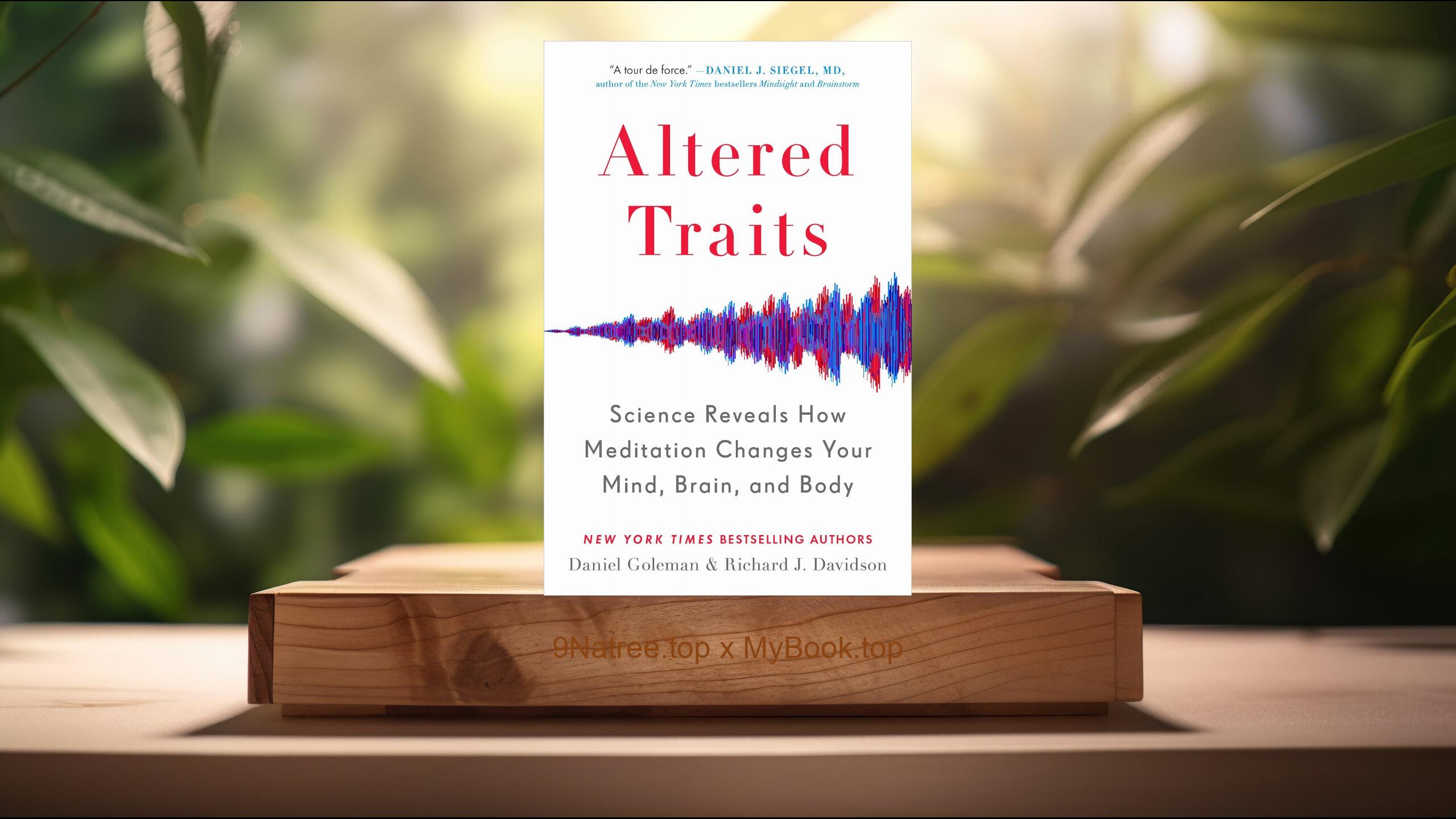Show Notes
- Amazon US Store: https://www.amazon.com/dp/B0847833Y7?tag=9natree-20
- Amazon Worldwide Store: https://global.buys.trade/The-Map-of-Consciousness-Explained-David-R-Hawkins.html
- Apple Books: https://books.apple.com/us/audiobook/summary-of-david-r-hawkinss-the-map/id1650518575?itsct=books_box_link&itscg=30200&ls=1&at=1001l3bAw&ct=9natree
- eBay: https://www.ebay.com/sch/i.html?_nkw=The+Map+of+Consciousness+Explained+David+R+Hawkins+&mkcid=1&mkrid=711-53200-19255-0&siteid=0&campid=5339060787&customid=9natree&toolid=10001&mkevt=1
- Read more: https://mybook.top/read/B0847833Y7/
#Consciousness #PersonalGrowth #DavidRHawkins #Enlightenment #EmotionalWellbeing #EgoTranscendence #CollectiveConsciousness #TheMapofConsciousnessExplained
These are takeaways from this book.
Firstly, Understanding the Scale of Consciousness, The foundational element of 'The Map of Consciousness Explained' is the Scale of Consciousness itself—a concept through which David R. Hawkins seeks to quantify and categorize levels of human consciousness. This scale ranges from 0 to 1000, with lower numbers representing states driven by negative emotions such as shame, guilt, and fear, and higher numbers embodying positive states like love, joy, and ultimately, enlightenment. Each level is associated with specific attitudes, behaviors, and perceptions of the world. Understanding this scale is pivotal as it provides a framework for self-assessment and personal growth. By identifying where one currently sits on the scale, individuals can target their developmental efforts towards moving to higher levels of consciousness. Hawkins elaborates on the characteristics of each level, the energy vibrations they emit, and how these vibrations affect one’s reality. The discussion encompasses how lower vibrations result in a life filled with challenges and negativity, while higher vibrations open doors to positivity, fulfillment, and opportunities for transcending average existence. This topic is not only theoretical but offers a practical roadmap for personal evolution, making it essential for anyone seeking a deeper understanding of themselves and their place in the universe.
Secondly, The Role of Emotions in Personal Growth, One of the pivotal insights from 'The Map of Consciousness Explained' is the critical role emotions play in personal growth and consciousness development. Hawkins delineates how each level of consciousness is intrinsically linked to specific emotional states, and how these emotions influence our perceptions, actions, and reactions to the world around us. He dives deep into the concept that negative emotions such as fear, anger, and jealousy are anchored in the lower levels of consciousness and lead to a distorted perception of reality, driving destructive behavior patterns. Conversely, positive emotions like love, peace, and gratitude are found at the higher levels of consciousness, facilitating a more accurate perception of the world, fostering constructive behaviors, and ultimately leading to a fulfilling and purpose-driven life. Hawkins emphasizes the importance of emotional self-awareness as a tool for personal development, encouraging readers to consciously cultivate positive emotional states to ascend the scale of consciousness. Through strategies such as meditation, mindfulness, and acts of kindness, individuals can actively shift their emotional states, influencing their level of consciousness and enriching their life experience. This exploration into the power of emotions is key for anyone seeking to actualize their ultimate potential and achieve a state of harmony and enlightenment.
Thirdly, Transcending the Ego, Transcending the ego is another cornerstone topic in 'The Map of Consciousness Explained'. David R. Hawkins thoroughly examines the role of the ego in limiting personal growth and how its transcendence is imperative for ascending the levels of consciousness. The ego, as Hawkins describes, is the source of self-centeredness, material attachment, and the illusion of separateness from others and the universe. It operates primarily in the lower levels of consciousness, where it perpetuates feelings of inadequacy, competitiveness, and fear. Hawkins provides readers with a compelling argument on why and how one must work to transcend the ego to embrace a state of being that is characterized by unity, compassion, and a deeper understanding of the interconnectedness of all life. The process of transcending the ego involves practices such as meditation, self-inquiry, and the cultivation of selflessness and humility. As one begins to reduce the influence of the ego, they can experience significant shifts in their perception of reality, leading to greater peace, joy, and a sense of purpose. This section of the book is immensely valuable for anyone looking to overcome the limitations imposed by ego-centered consciousness and embark on a journey toward spiritual enlightenment and self-realization.
Fourthly, The Impact of Collective Consciousness, David R. Hawkins delves into the concept of collective consciousness and its profound impact on individuals and societies in 'The Map of Consciousness Explained'. He elucidates how collective consciousness is formed by the shared beliefs, attitudes, and values of a group—ranging from small communities to humanity as a whole—and how this collective mindset influences the behavior and development of its members. Hawkins posits that just as individuals emanate a certain level of consciousness, so too do societies, and that the overall level of consciousness within a society can either elevate or hinder the personal growth of its individuals. Furthermore, he explores how individuals with higher levels of consciousness can contribute to raising the collective consciousness, leading to societal changes that reflect higher values such as peace, compassion, and sustainability. This interaction between individual and collective consciousness highlights the responsibility each person holds not only for their personal evolution but also for contributing positively to the world at large. Through understanding the dynamics of collective consciousness, readers are encouraged to become conscious participants in their communities, aiming to inspire change and foster an environment where higher levels of consciousness can flourish. This topic is critical for anyone interested in the intersection between personal development and social transformation.
Lastly, Practical Applications for Everyday Life, A significant facet of 'The Map of Consciousness Explained' is its focus on practical applications of the scale of consciousness in everyday life. David R. Hawkins does not merely present a theory; he offers readers a toolkit for navigating the complexities of daily existence with greater awareness and intention. This section encompasses various strategies for using the map of consciousness to make decisions, improve relationships, and enhance well-being. Hawkins suggests practical exercises such as mindfulness practices, acts of kindness, and gratitude journaling as means to elevate one's level of consciousness. Additionally, he emphasizes the importance of discernment in consuming media and engaging with social environments that align with higher levels of consciousness. By applying the principles outlined in the book to personal habits, interactions, and the cultivation of a positive environment, individuals can significantly influence their journey towards actualization. The practicality of Hawkins' guidance makes this topic essential for anyone looking to integrate spiritual and consciousness concepts into their routine, aiming for a life marked by growth, purpose, and joy.
![[Review] The Map of Consciousness Explained (David R. Hawkins) Summarized](https://episodes.castos.com/660078c6833215-59505987/images/1797208/c1a-085k3-jp4xrjzdimvq-7cny9x.jpg)




